Home>Articles>What Sound Does A Carbon Monoxide Detector Make
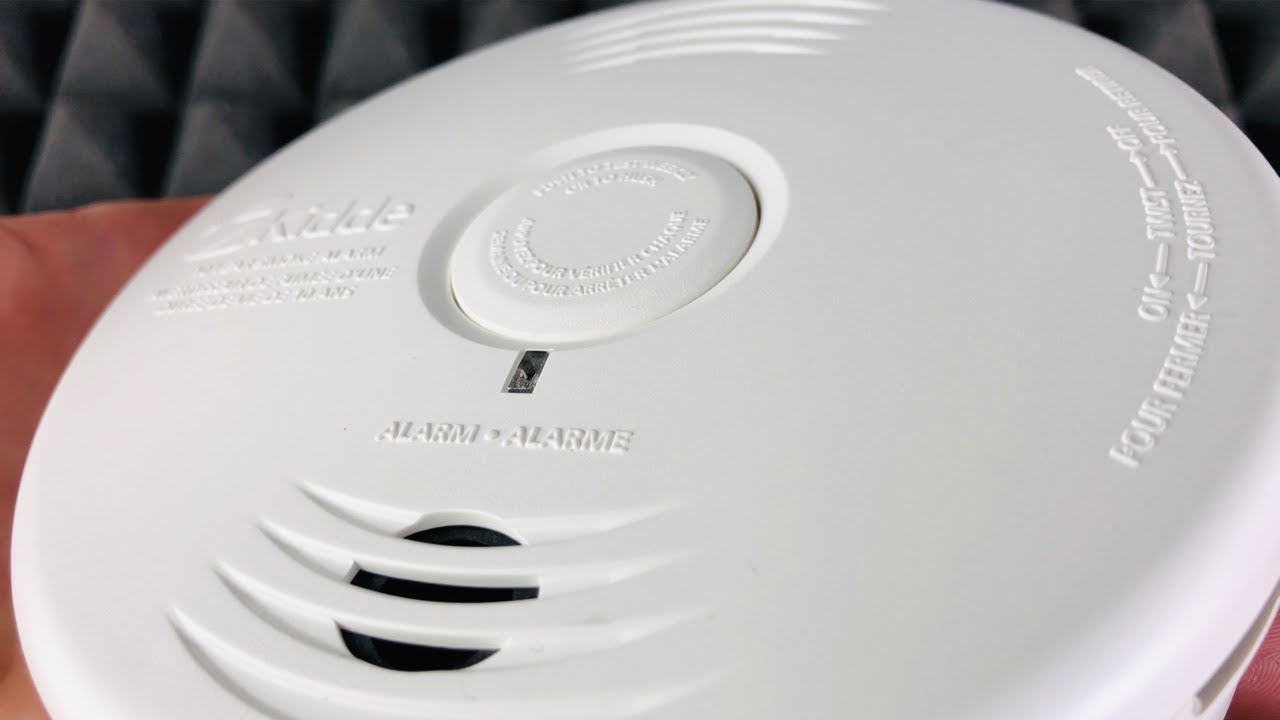

Articles
What Sound Does A Carbon Monoxide Detector Make
Modified: February 23, 2024
Learn what sound a carbon monoxide detector makes in this informative article. Stay informed and keep your home safe with these essential tips and guidelines.
(Many of the links in this article redirect to a specific reviewed product. Your purchase of these products through affiliate links helps to generate commission for Storables.com, at no extra cost. Learn more)
Introduction
Carbon monoxide (CO) is a silent killer. It is a colorless, odorless gas that can be extremely dangerous if not detected promptly. The importance of having a carbon monoxide detector in your home cannot be overstated. These devices are designed to alert you to the presence of this deadly gas, allowing you to take immediate action to protect yourself and your loved ones.
A carbon monoxide detector is a specialized device that continuously monitors the air for the presence of carbon monoxide. When it detects high levels of CO, it emits an alarm to warn you of the potential danger. The alarm sound is distinct and unmistakable, designed to grab your attention and prompt you to take necessary actions.
In this article, we will explore the different types of carbon monoxide detectors available and delve into the various sounds they produce when activated. Understanding these sounds will help you identify and respond to a carbon monoxide threat.
It’s important to note that carbon monoxide is produced by the incomplete combustion of fossil fuels, such as gasoline, natural gas, propane, and wood. Common sources of CO in residential buildings include malfunctioning appliances, blocked chimneys, and inadequate ventilation. Without a detector, it is difficult to determine the presence of this deadly gas, as it has no taste, smell, or color.
Having a carbon monoxide detector is a crucial safety measure that could save lives. By being aware of the different sounds produced by these detectors, you can quickly identify a potential carbon monoxide leak and take immediate action to protect yourself and your family.
Key Takeaways:
- Carbon monoxide detectors emit distinct alarm sounds, such as continuous or intermittent alarms, to alert occupants of potential danger. Understanding these sound patterns is crucial for responding effectively to a carbon monoxide threat.
- When a carbon monoxide detector alarms, it’s essential to stay calm, evacuate the premises, alert others, and seek professional assistance. Prompt action and awareness of safety protocols are vital for protecting against carbon monoxide poisoning.
Read more: What Does A Carbon Monoxide Detector Do
Importance of Having a Carbon Monoxide Detector
Carbon monoxide is often referred to as the “silent killer” because it is virtually undetectable without the use of specialized equipment. Unlike other gases, such as natural gas or propane, carbon monoxide has no odor, taste, or color. This makes it extremely dangerous, as it can quickly build up in an enclosed space without anyone realizing it.
Having a carbon monoxide detector in your home is crucial for several reasons:
- Early Detection: Carbon monoxide detectors are designed to continuously monitor the air for the presence of this deadly gas. When levels of carbon monoxide reach a dangerous threshold, the detector will sound an alarm, giving you valuable time to evacuate the premises and seek fresh air.
- Protection for You and Your Loved Ones: Carbon monoxide is highly toxic and can cause serious health issues, including headaches, dizziness, nausea, confusion, and even death. Children, the elderly, and pets are particularly vulnerable to the effects of carbon monoxide poisoning. By installing a carbon monoxide detector, you can ensure the safety of your family and provide them with an early warning system.
- Peace of Mind: Knowing that you have a carbon monoxide detector in your home provides peace of mind. You can sleep soundly at night, knowing that you are protected from the potential dangers of carbon monoxide. It is a small investment that can have a significant impact on your safety and well-being.
- Compliance with Building Codes and Regulations: In many jurisdictions, having a carbon monoxide detector installed in residential properties is mandatory. This is due to the serious health risks associated with carbon monoxide and the importance of early detection. By having a carbon monoxide detector in your home, you are ensuring compliance with local regulations and laws.
It is important to note that carbon monoxide can be produced by a variety of sources, including furnaces, stoves, fireplaces, water heaters, and generators. Without a detector, it is nearly impossible to detect the presence of this gas. As a result, many cases of carbon monoxide poisoning go undetected until it is too late.
Investing in a carbon monoxide detector is a simple yet effective way to safeguard your home and family from the dangers of carbon monoxide. These devices are affordable, easy to install, and provide invaluable protection. Don’t wait until it’s too late – ensure the safety of your loved ones by installing a carbon monoxide detector in your home today.
Functioning of Carbon Monoxide Detectors
Carbon monoxide detectors are essential safety devices designed to detect the presence of carbon monoxide gas in the air. Understanding how these detectors function can help you appreciate their importance in protecting against carbon monoxide poisoning.
Carbon monoxide detectors operate based on one of two primary technologies: electrochemical sensors or biomimetic sensors.
Electrochemical Sensors: These sensors contain a chemical solution that reacts with carbon monoxide. When carbon monoxide enters the detector, it interacts with the solution, causing an electrochemical reaction that produces an electrical current. The detector measures this current and activates the alarm if the carbon monoxide levels exceed a safe threshold.
Biomimetic Sensors: Biomimetic sensors use a gel-like substance that changes color when exposed to carbon monoxide. Inside the detector, there is a chamber filled with this gel, and when carbon monoxide enters, it causes a chemical reaction that leads to a color change. The color change is then detected by the device, triggering the alarm.
Regardless of the technology used, carbon monoxide detectors are typically designed to operate continuously. They continuously analyze the air for the presence of carbon monoxide gas. When elevated levels of carbon monoxide are detected, the detector triggers an audible alarm to alert the occupants of potential danger.
Carbon monoxide detectors are usually wall-mounted and placed near sleeping areas or areas where carbon monoxide sources are located, such as gas appliances or a garage. It is important to read and follow the manufacturer’s instructions for proper installation and placement.
In addition to the primary sensing technology, most carbon monoxide detectors also incorporate features such as a power source, a digital display to indicate carbon monoxide levels, and a test button to ensure proper functioning of the device.
It is crucial to regularly test carbon monoxide detectors to ensure they are functioning correctly and that the alarm system is loud and audible. Most detectors have a test button that, when pressed, simulates the presence of carbon monoxide and activates the alarm. Regularly checking and replacing the batteries is also important to ensure the detector remains operational.
Overall, carbon monoxide detectors play a critical role in alerting occupants to the presence of this toxic gas. By continuously monitoring the air and sounding alarms when necessary, these devices provide an effective early warning system, allowing individuals to evacuate and seek safety before being exposed to dangerous levels of carbon monoxide.
Alarm Types and Activation Methods
Carbon monoxide detectors are equipped with different types of alarms to alert occupants of the presence of carbon monoxide gas. These alarms are designed to be loud, attention-grabbing, and unmistakable. Understanding the different alarm types and activation methods is essential for responding quickly to a potential carbon monoxide threat.
There are two primary types of alarms commonly found in carbon monoxide detectors:
- Sound Alarms: Sound alarms are the most common type of alarms used in carbon monoxide detectors. They produce a loud and distinct sound, similar to a siren, with the objective of immediately alerting occupants of the danger. The sound is designed to be attention-grabbing, easily heard throughout the home, and capable of waking people from sleep.
- Visual Alarms: Some carbon monoxide detectors also feature visual alarms in addition to sound alarms. These alarms use bright flashing lights to provide a visual indication of the presence of carbon monoxide. Visual alarms are particularly useful for individuals who are hearing impaired, as they provide an alternative method of alerting occupants to the danger.
In terms of activation methods, carbon monoxide detectors can be divided into two categories:
- Battery-Powered Detectors: Battery-powered carbon monoxide detectors are self-contained units that operate using batteries. They are independent of the household electrical system, making them suitable for installation in areas without electrical outlets or during power outages. They typically emit a low-battery chirping sound when the battery needs to be replaced.
- Hardwired Detectors: Hardwired carbon monoxide detectors are connected directly to the household electrical system. They are powered by electricity and often equipped with a backup battery to ensure functionality in case of power loss. Hardwired detectors may emit a chirping sound to indicate a low battery or a fault in the electrical system.
In both cases, carbon monoxide detectors are equipped with sensors that continuously analyze the air for the presence of carbon monoxide. When elevated levels of carbon monoxide are detected, the detectors activate the alarms, alerting occupants to the potential danger.
It is important to note that the sound produced by carbon monoxide detectors may vary depending on the manufacturer and model. However, the sound alarms are designed to be highly audible and distinguishable from other household sounds.
Regularly testing the alarms is crucial to ensure their proper functioning. Most carbon monoxide detectors have a test button that, when pressed, activates the alarm for a brief interval, simulating the presence of carbon monoxide. It is recommended to test your carbon monoxide detector monthly to ensure it is working correctly.
By understanding the different alarm types and activation methods, you can be prepared to respond effectively to a carbon monoxide threat. If a carbon monoxide alarm sounds, it is crucial to take immediate action, evacuate the premises, and seek fresh air. Do not ignore or disable the alarm, as it could be a warning sign of a potentially life-threatening situation.
Auditory Signal of a Carbon Monoxide Detector
The auditory signal produced by a carbon monoxide detector is a critical element in alerting occupants of the potential presence of carbon monoxide gas. The sound is specifically designed to be attention-grabbing and recognizable, ensuring that individuals can quickly identify and respond to a carbon monoxide threat.
The sound emitted by carbon monoxide detectors is typically a loud, pulsating alarm. It is distinct from other household sounds and intended to cut through background noise, wake individuals from sleep, and grab immediate attention.
The specific sound pattern and duration of the alarm may vary depending on the manufacturer and model of the carbon monoxide detector. However, they generally fall into two main categories:
- Continuous Alarm: Some carbon monoxide detectors emit a continuous alarm sound when elevated levels of carbon monoxide are detected. This means that the alarm will continue until the carbon monoxide levels return to a safe range or the device is manually silenced or turned off.
- Intermittent Alarm: Other carbon monoxide detectors produce an intermittent alarm, also known as a pulsating alarm. This type of alarm emits a series of short beeps or chirps with regular pauses in between. The intermittent alarm is designed to be attention-grabbing and distinct, allowing individuals to quickly identify the presence of carbon monoxide.
In addition to the alarm pattern, carbon monoxide detectors may also incorporate voice alerts or verbal warnings. These voice alerts can provide specific information about the potential danger, such as “Carbon monoxide detected” or “Evacuate immediately.” The use of voice alerts enhances the clarity and comprehension of the warning, especially in high-stress situations.
It is important to note that carbon monoxide detectors can have adjustable volume settings. Some models allow for volume adjustment to ensure that the alarm can be heard throughout the home, even in areas far from the detector itself. It is recommended to set the volume at a level that ensures audibility without causing discomfort.
Regularly testing the auditory signal of your carbon monoxide detector is crucial to ensure its effectiveness. Most detectors have a test button that, when pressed, activates the alarm for a brief period, simulating the presence of carbon monoxide. Regular testing allows you to confirm that the alarm is functioning correctly and that the sound is discernible.
When a carbon monoxide detector emits an alarm, it is crucial to take immediate action. Evacuate the premises, moving to a safe location where fresh air can be obtained. Contact emergency services and do not re-enter the building until it has been deemed safe by professionals.
By familiarizing yourself with the auditory signals produced by carbon monoxide detectors and conducting regular tests, you can ensure that you and your loved ones are prepared to respond effectively in the event of a carbon monoxide emergency.
Replace the batteries in your carbon monoxide detector at least once a year to ensure it is functioning properly. Test the alarm monthly to make sure it is emitting a loud, continuous sound.
Understanding the Sound Patterns
Understanding the sound patterns emitted by carbon monoxide detectors is crucial for correctly identifying the presence of carbon monoxide and responding promptly to the potential danger. By familiarizing yourself with the different sound patterns, you can differentiate between a false alarm and a genuine carbon monoxide threat.
Here are some key sound patterns you may encounter:
- Continuous Alarm: A continuous alarm, as the name suggests, is a constant, uninterrupted sound. This type of alarm indicates that carbon monoxide levels have reached a hazardous level and you should take immediate action to evacuate the premises and seek fresh air. It is important not to ignore or silence a continuous alarm until the source of carbon monoxide has been identified and resolved.
- Intermittent Alarm: An intermittent alarm consists of short beeps or chirping sounds with regular pauses in between. This alarm pattern is designed to attract attention and indicate the presence of carbon monoxide. If you hear an intermittent alarm from your carbon monoxide detector, it is imperative to take it seriously and follow the necessary safety protocols.
- Low-Battery Indicator: Most carbon monoxide detectors have a low-battery indicator, which is typically a short chirping sound that occurs at regular intervals. This sound pattern is distinct from the alarm sound. When you hear the low-battery indicator, it indicates that the battery powering the detector needs to be replaced. Promptly replace the battery to ensure the continued functionality of the detector.
- End-of-Life Indicator: Carbon monoxide detectors have a limited lifespan, typically around 5-7 years. Some detectors have an end-of-life indicator, which is a distinct sound pattern that alerts you when the detector has reached the end of its useful life and needs to be replaced. It is crucial to follow the manufacturer’s guidelines for replacing the detector to ensure ongoing protection against carbon monoxide.
Understanding these sound patterns and their significance will help you differentiate between normal operation, low-battery warnings, and potential carbon monoxide emergencies. It is important not to dismiss or disregard any alarm sound, as carbon monoxide can be life-threatening, even in small concentrations.
Regular testing of your carbon monoxide detector is essential to verify that the sound patterns are functioning correctly. Most detectors have a test button that allows you to simulate a carbon monoxide event and ensure that the alarm sounds as expected. Conducting regular tests, usually on a monthly basis, will provide peace of mind and confidence in the effectiveness of your carbon monoxide detector.
Remember, carbon monoxide is a highly dangerous gas that can be fatal if not detected and addressed promptly. Understanding the sound patterns of your carbon monoxide detector and responding appropriately can help safeguard the lives of you and your loved ones.
Common Sounds Produced by Carbon Monoxide Detectors
Carbon monoxide detectors are designed to emit distinct sounds to alert occupants of the potential presence of carbon monoxide gas. These sounds are carefully crafted to be attention-grabbing and easily recognizable, ensuring that individuals can quickly identify the need for action. While the specific sound produced may vary depending on the manufacturer and model, there are a few common sounds you may encounter:
- Continuous Alarm: The continuous alarm is a commonly used sound pattern in carbon monoxide detectors. It consists of a steady, uninterrupted sound, similar to a siren or loud beeping noise. The purpose of this sound is to immediately grab attention and indicate that high levels of carbon monoxide have been detected. When you hear the continuous alarm, it is crucial to take immediate action, evacuate the premises, and seek fresh air.
- Pulsating Alarm: Another common sound produced by carbon monoxide detectors is the pulsating alarm. This sound consists of a series of short beeps or chirps with regular pauses in between. The pulsating alarm is designed to be attention-grabbing and distinct, ensuring that it stands out from other household sounds. When you hear the pulsating alarm, it is a clear indication that carbon monoxide is present, and you should follow emergency procedures to protect yourself and others.
- Low-Battery Indicator: Many carbon monoxide detectors feature a low-battery indicator, which produces a distinct sound to alert you that the battery powering the detector is running low. This sound is typically a short chirping noise that occurs at regular intervals. When you hear the low-battery indicator, it is important to replace the battery promptly to ensure the ongoing functionality of the detector.
- End-of-Life Indicator: Carbon monoxide detectors have a limited lifespan, usually around 5-7 years. Some detectors have an end-of-life indicator that produces a specific sound pattern to alert you when it is time to replace the unit. This sound pattern is typically a combination of beeps or chirps that differ from the alarm sounds or low-battery indicators. It is crucial to replace the detector when the end-of-life indicator activates to maintain adequate protection against carbon monoxide.
It is important to familiarize yourself with the specific sound patterns produced by your carbon monoxide detector. Refer to the manufacturer’s instructions to understand the unique sounds and their meanings for your particular device.
In addition to the auditory signals, some carbon monoxide detectors may also incorporate visual indicators such as flashing lights or digital displays to provide a visual warning of carbon monoxide presence. These visual signals can be particularly helpful for individuals who are hearing impaired or in situations where the alarm sounds may not be easily heard.
Regularly testing your carbon monoxide detector ensures that the sound patterns are functioning correctly. Most detectors have a test button that, when pressed, activates the alarm sound for a brief period, simulating the presence of carbon monoxide. Testing your detector on a monthly basis will help verify that the sounds are audible and distinguishable from other ambient noises in your home.
Understanding the common sounds produced by carbon monoxide detectors empowers you to respond quickly and appropriately in the event of a carbon monoxide emergency. By being familiar with the sound patterns, you can take immediate action to protect yourself and your loved ones from the potential dangers of carbon monoxide gas.
Interpreting Alarm Sounds for Detection of Carbon Monoxide
The alarm sounds produced by carbon monoxide detectors are essential for alerting occupants to the presence of this dangerous gas. Being able to interpret these alarm sounds correctly is crucial for identifying a potential carbon monoxide threat and taking immediate action to ensure your safety. Here are some guidelines for interpreting alarm sounds for the detection of carbon monoxide:
- Continuous Alarm: If your carbon monoxide detector emits a continuous alarm, it is a clear indication of high levels of carbon monoxide in the environment. This alarm sound is designed to be attention-grabbing and persistent. When you hear the continuous alarm, evacuate the premises immediately, ensuring that everyone in the household is aware of the situation. Seek fresh air outside and contact emergency services to report the potential carbon monoxide leak. Do not re-enter the building until it has been deemed safe by professionals.
- Pulsating Alarm: The pulsating alarm, which consists of short beeps or chirps with regular pauses, is another common alarm sound produced by carbon monoxide detectors. When you hear the pulsating alarm, it indicates the presence of carbon monoxide in the surrounding area. Treat this alarm sound with the same level of seriousness as the continuous alarm. Evacuate the premises immediately, contact emergency services, and wait for professional assistance.
- Low-Battery Indicator: The low-battery indicator is a distinct sound pattern that alerts you to a low battery in your carbon monoxide detector. This sound is typically a short chirping noise that occurs at regular intervals. When you hear this alarm sound, replace the battery promptly to ensure the continued functionality of the detector. Ignoring the low-battery indicator could result in the device malfunctioning or failing to detect carbon monoxide when necessary.
- End-of-Life Indicator: Some carbon monoxide detectors have an end-of-life indicator, which produces a unique sound pattern to let you know that the device has reached the end of its useful life and requires replacement. When the end-of-life indicator activates, it is crucial to replace the carbon monoxide detector promptly with a new unit to maintain adequate protection against carbon monoxide.
It is important to note that the specific sound patterns and meanings may vary between different carbon monoxide detectors. Consulting the manufacturer’s instructions for your specific device will provide you with the most accurate information about interpreting alarm sounds.
Regularly testing your carbon monoxide detector is essential for ensuring its proper functionality. Most detectors have a test button that, when pressed, activates the alarm sound briefly to simulate the presence of carbon monoxide. Testing your detector on a monthly basis will help you become familiar with the alarm sounds and ensure they are audible and distinct.
Remember, carbon monoxide is a silent and potentially deadly gas. Understanding and correctly interpreting the alarm sounds emitted by your carbon monoxide detector can save lives. Take any alarm sound seriously, follow the appropriate safety protocols, and seek professional assistance to address the potential carbon monoxide threat.
What to Do When a Carbon Monoxide Detector Alarms
When a carbon monoxide detector alarms, it is crucial to take immediate action to protect yourself and others from the potential danger of carbon monoxide poisoning. Here are the steps to follow when your carbon monoxide detector sounds an alarm:
- Stay Calm: It’s natural to feel a sense of panic or fear when the carbon monoxide detector alarms. However, it is important to remain calm and focused to ensure a swift and effective response.
- React Quickly: If you hear the alarm, evacuate the premises immediately. Do not delay or ignore the alarm, as carbon monoxide is a silent and potentially lethal gas.
- Alert Others: If there are other people in the building, inform them of the carbon monoxide alarm and instruct them to leave the area immediately. This includes family members, roommates, guests, or neighbors who may be in close proximity.
- Don’t Waste Time: Avoid opening windows or attempting to find the source of the carbon monoxide. It is critical to get outside and into fresh air as quickly as possible.
- Call for Help: Once safely outside, call emergency services or the local fire department to report the potential carbon monoxide leak. Provide them with the necessary information and follow their instructions.
- Do Not Re-enter: Do not re-enter the building until it has been deemed safe by professionals. Carbon monoxide can be present in harmful concentrations, and it is vital to allow trained personnel to assess the situation and ensure your safety.
- Seek Medical Attention: If anyone in the building is experiencing severe symptoms such as difficulty breathing, confusion, or loss of consciousness, call emergency medical services immediately. Carbon monoxide poisoning can be life-threatening, and prompt medical attention is crucial.
- Identify Source and Remediate: Once the situation has been resolved and it is safe to return to the building, contact a qualified professional to identify the source of the carbon monoxide leak and remediate the issue. This may involve inspecting and repairing faulty appliances, examining ventilation systems, or addressing any other potential sources of carbon monoxide.
- Install New Carbon Monoxide Detectors: After the incident has been resolved, it is essential to install new carbon monoxide detectors or replace the existing ones, following the manufacturer’s instructions. Regularly test the detectors to ensure they are functioning correctly, and replace batteries as needed.
It is important to familiarize yourself and other household members with these steps to ensure a prompt and effective response in the event of a carbon monoxide alarm. Being prepared and knowing what to do can make a significant difference in mitigating the risks associated with carbon monoxide exposure.
Remember, carbon monoxide is a silent and potentially deadly gas, and carbon monoxide detectors serve as a crucial first line of defense. Take every carbon monoxide alarm seriously, prioritize your safety, and seek professional assistance to address the potential threat and prevent future occurrences.
Read more: What Is The Best Carbon Monoxide Detector
Conclusion
Carbon monoxide can pose a significant threat to your safety and well-being, given its silent and odorless nature. Having a carbon monoxide detector in your home is essential for early detection and timely response to this deadly gas. By continuously monitoring the air and sounding alarms when necessary, these devices provide crucial protection against carbon monoxide poisoning.
In this article, we have explored the importance of having a carbon monoxide detector, the functioning of these detectors, the different types of alarms and activation methods they use, and the auditory signals they emit. We have also discussed the significance of understanding the sound patterns and interpreting the alarm sounds correctly. Lastly, we have outlined the necessary steps to take when a carbon monoxide detector alarms.
By investing in a carbon monoxide detector, you are taking a proactive step to safeguard yourself, your family, and your home from the dangers of carbon monoxide. Remember to install these detectors near sleeping areas and areas with potential sources of carbon monoxide, such as gas appliances or a garage. Regularly test the alarms, replace batteries as needed, and familiarize yourself with the specific sound patterns of your detector.
Carbon monoxide detectors are not just devices; they are lifesavers. Your commitment to having a carbon monoxide detector in your home demonstrates your dedication to protecting your loved ones and ensuring their well-being. Stay alert, react promptly, and follow the necessary safety procedures when a carbon monoxide alarm sounds.
Remember, the key to preventing carbon monoxide poisoning is vigilance. Stay informed, educate yourself and your family about the risks and safety measures, and take the necessary steps to protect yourself. With the proper installation, maintenance, and response to carbon monoxide detectors, you can provide a safe and secure environment for everyone in your home.
Frequently Asked Questions about What Sound Does A Carbon Monoxide Detector Make
Was this page helpful?
At Storables.com, we guarantee accurate and reliable information. Our content, validated by Expert Board Contributors, is crafted following stringent Editorial Policies. We're committed to providing you with well-researched, expert-backed insights for all your informational needs.
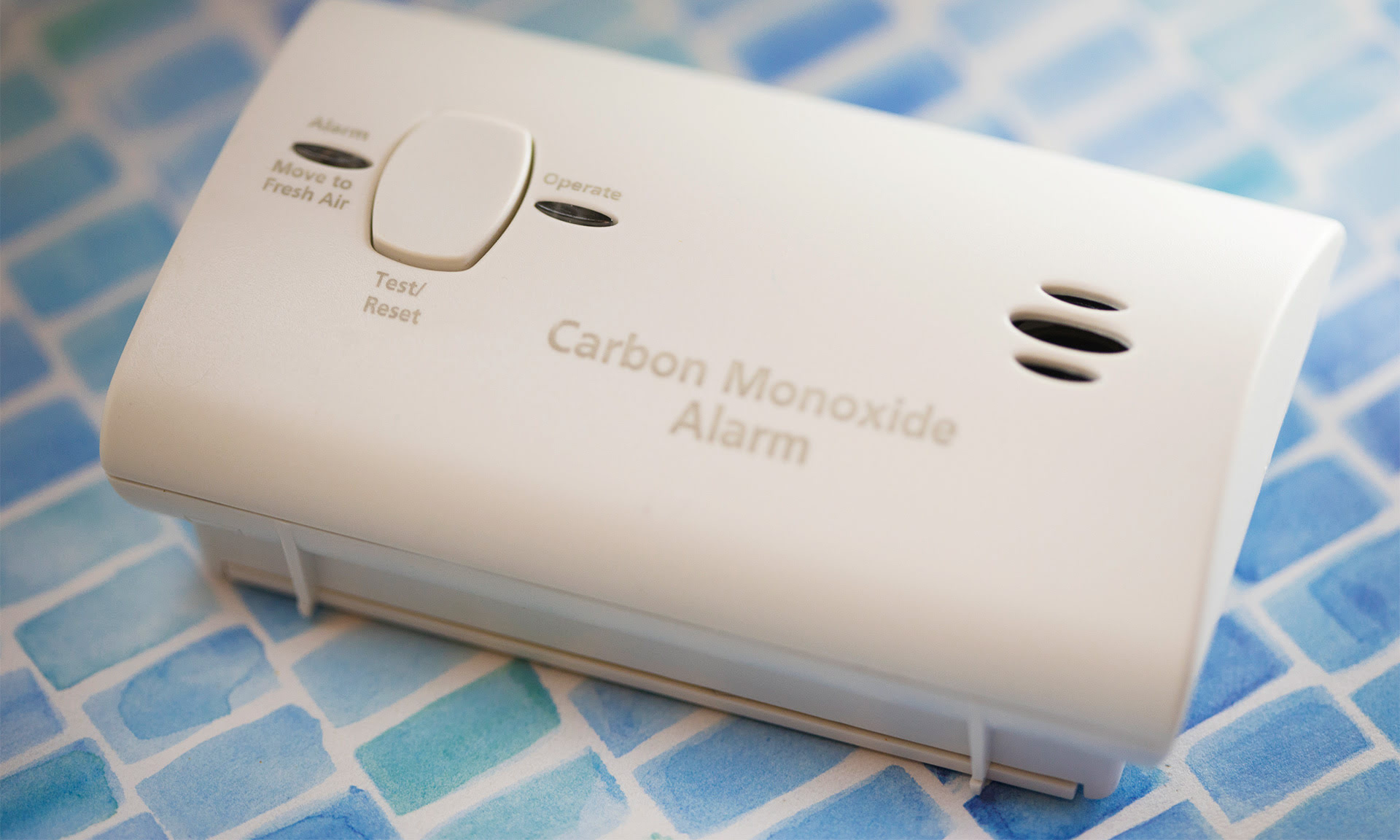
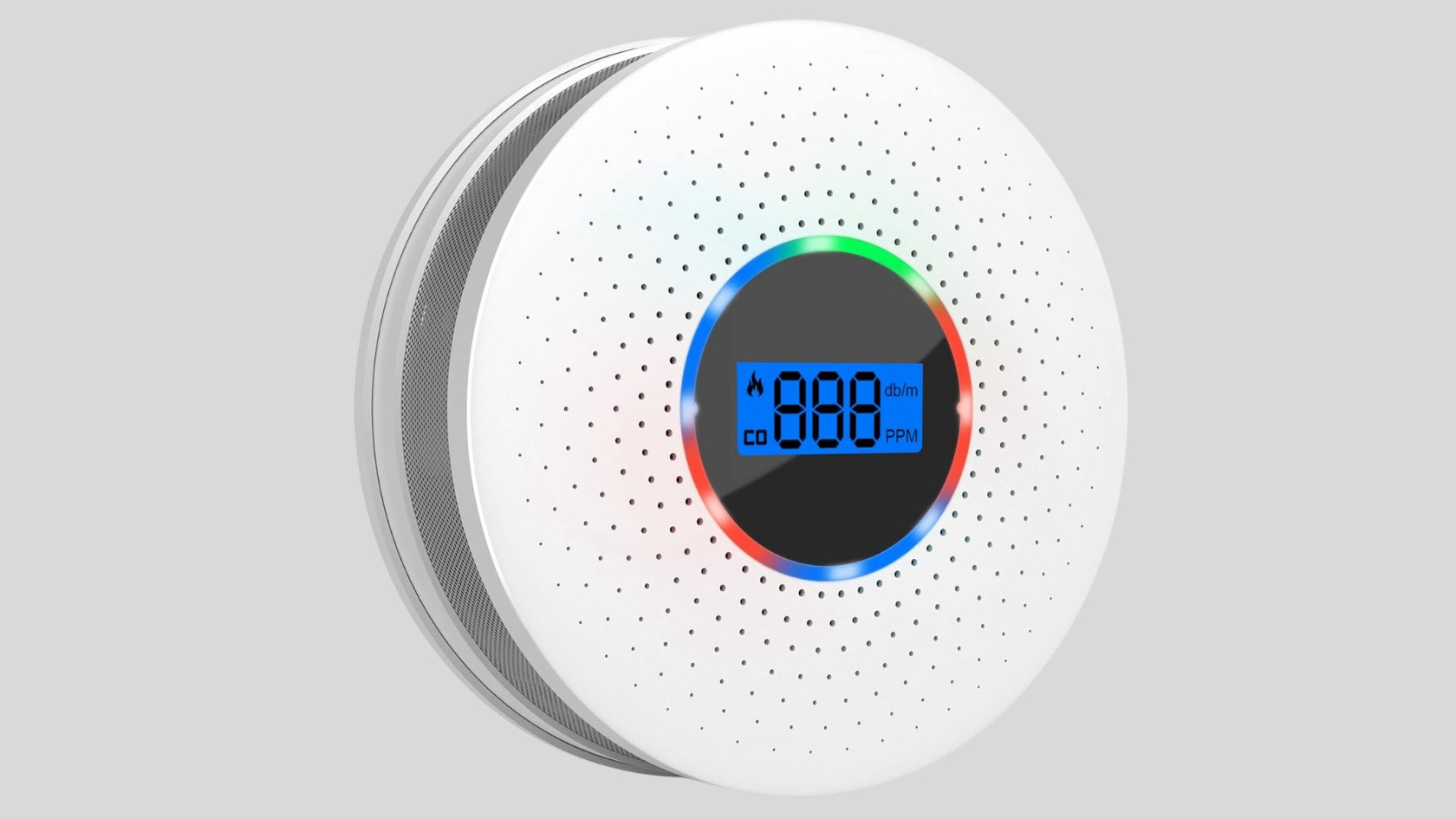
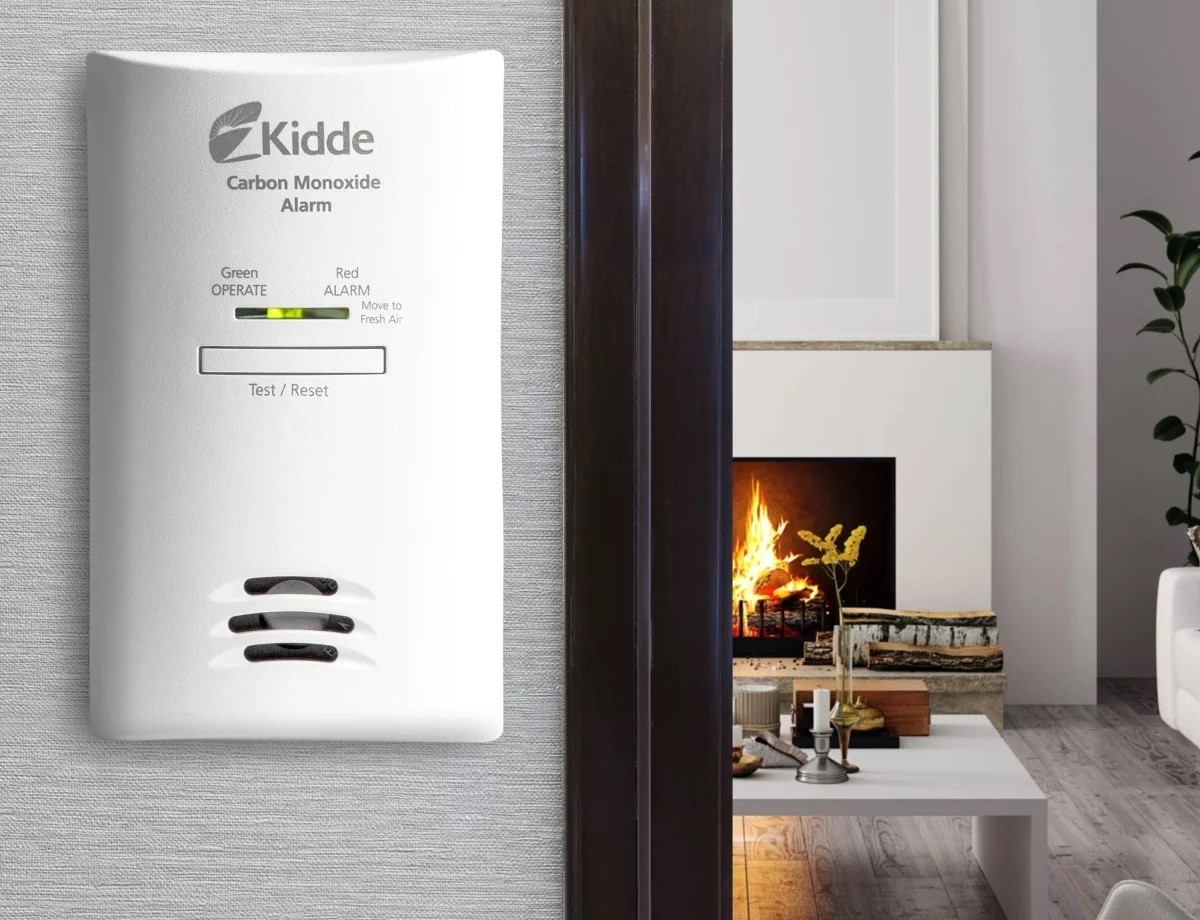
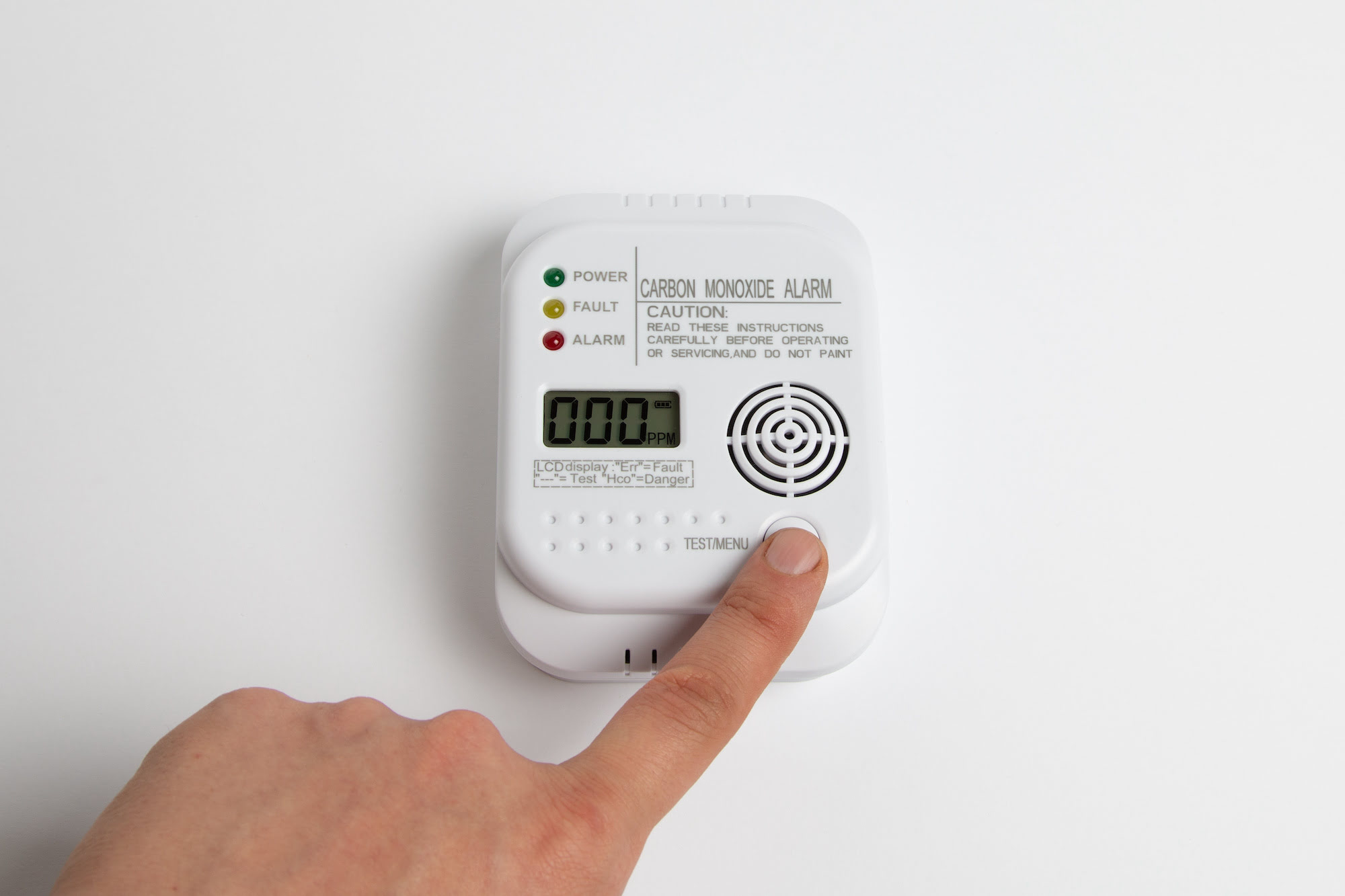
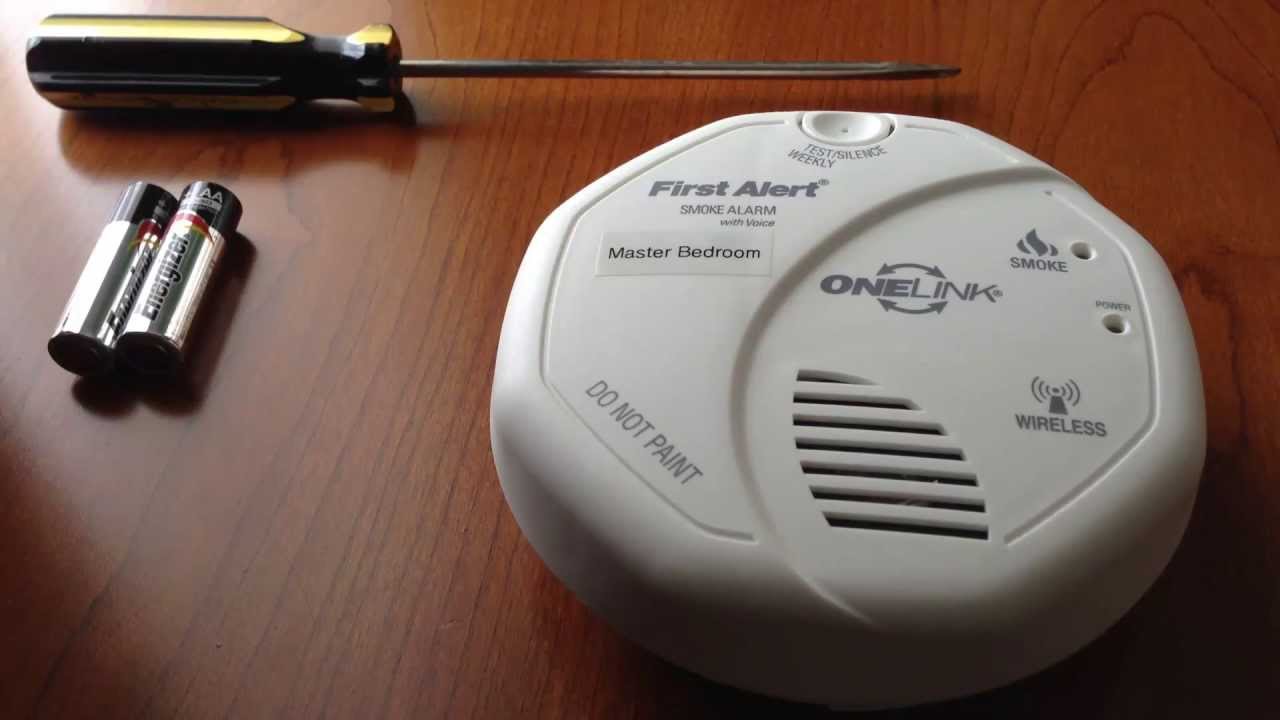
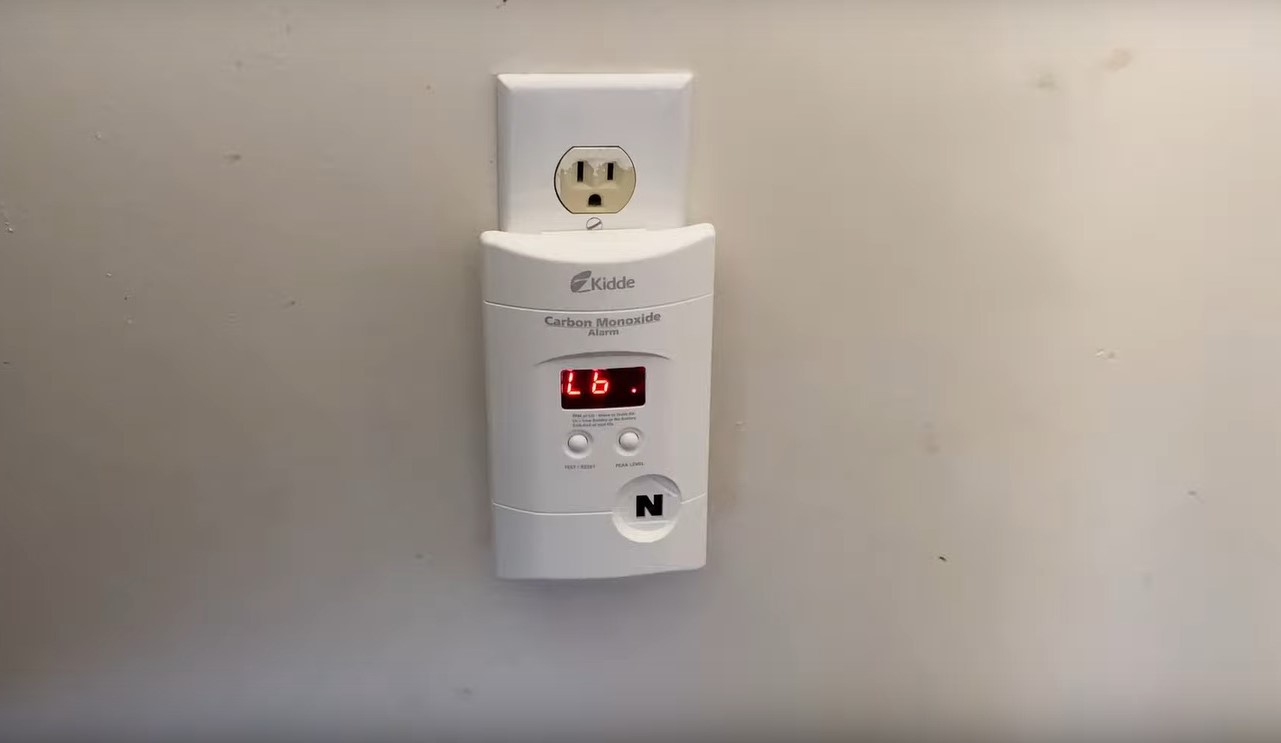
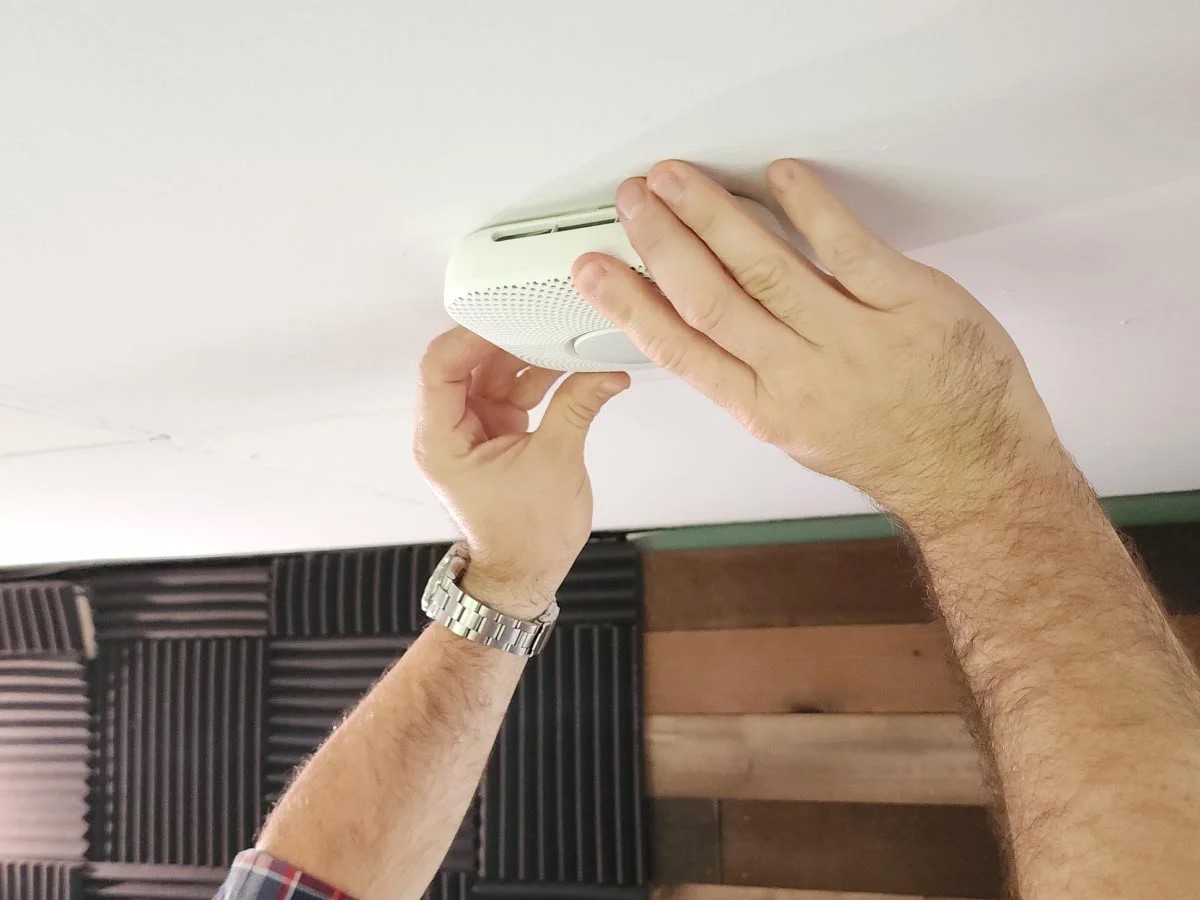
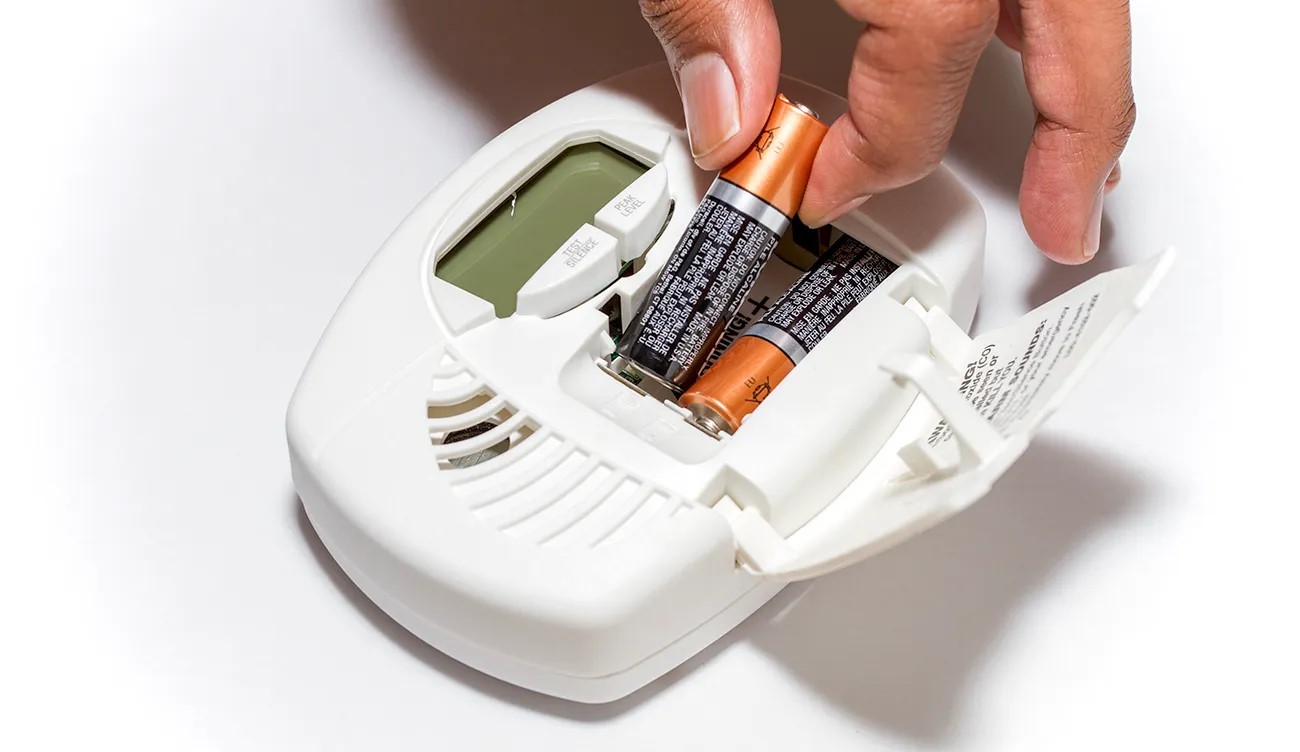
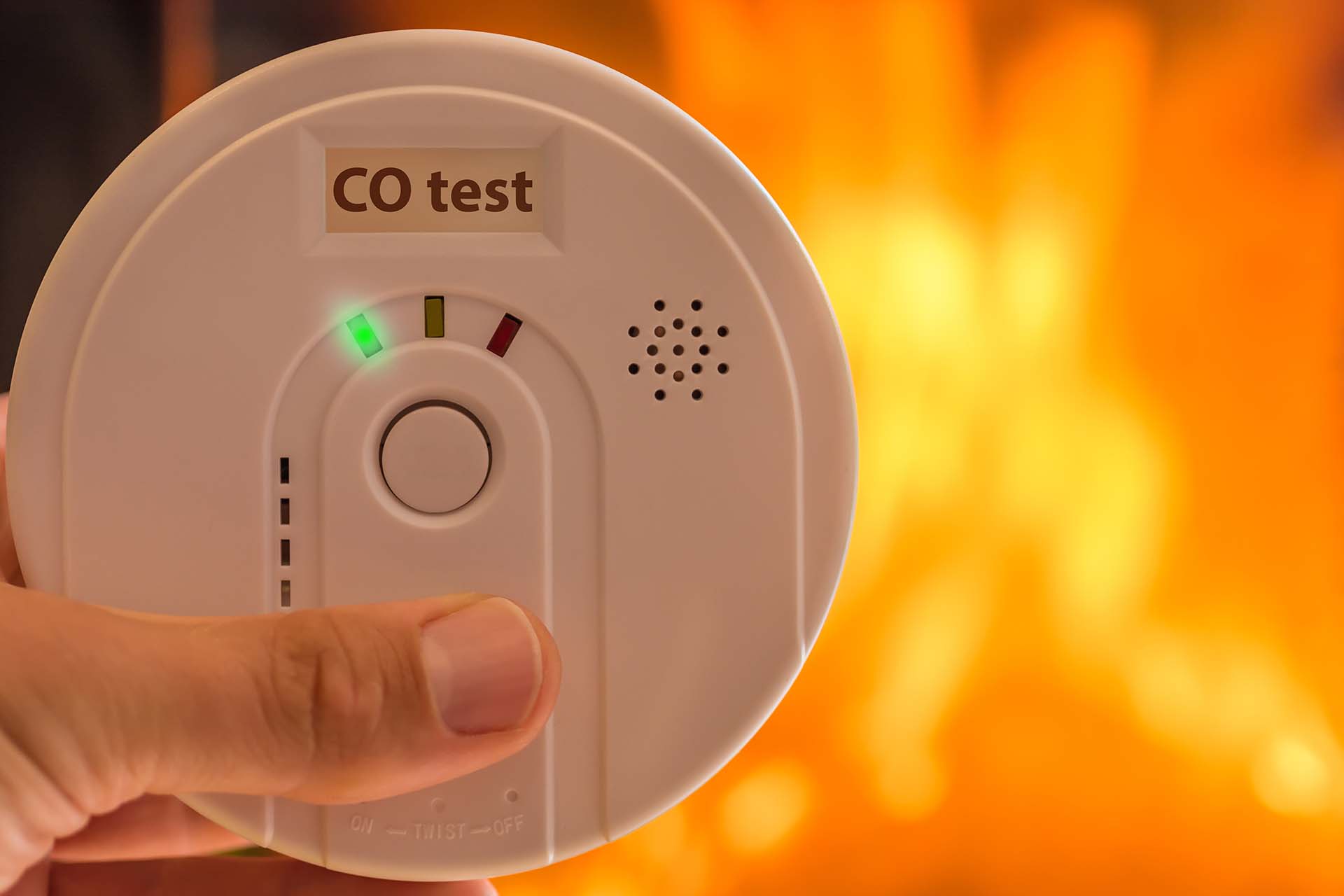
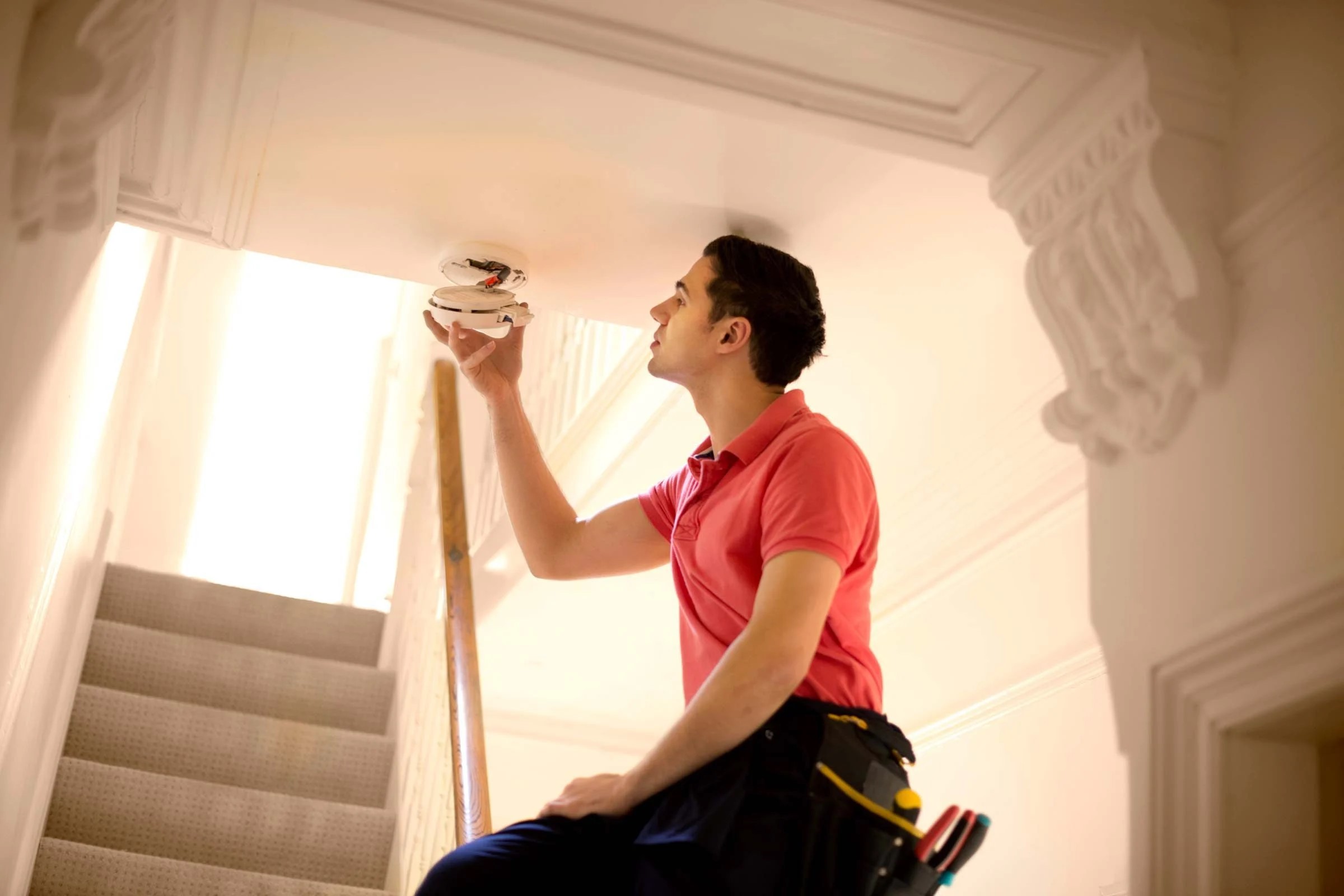
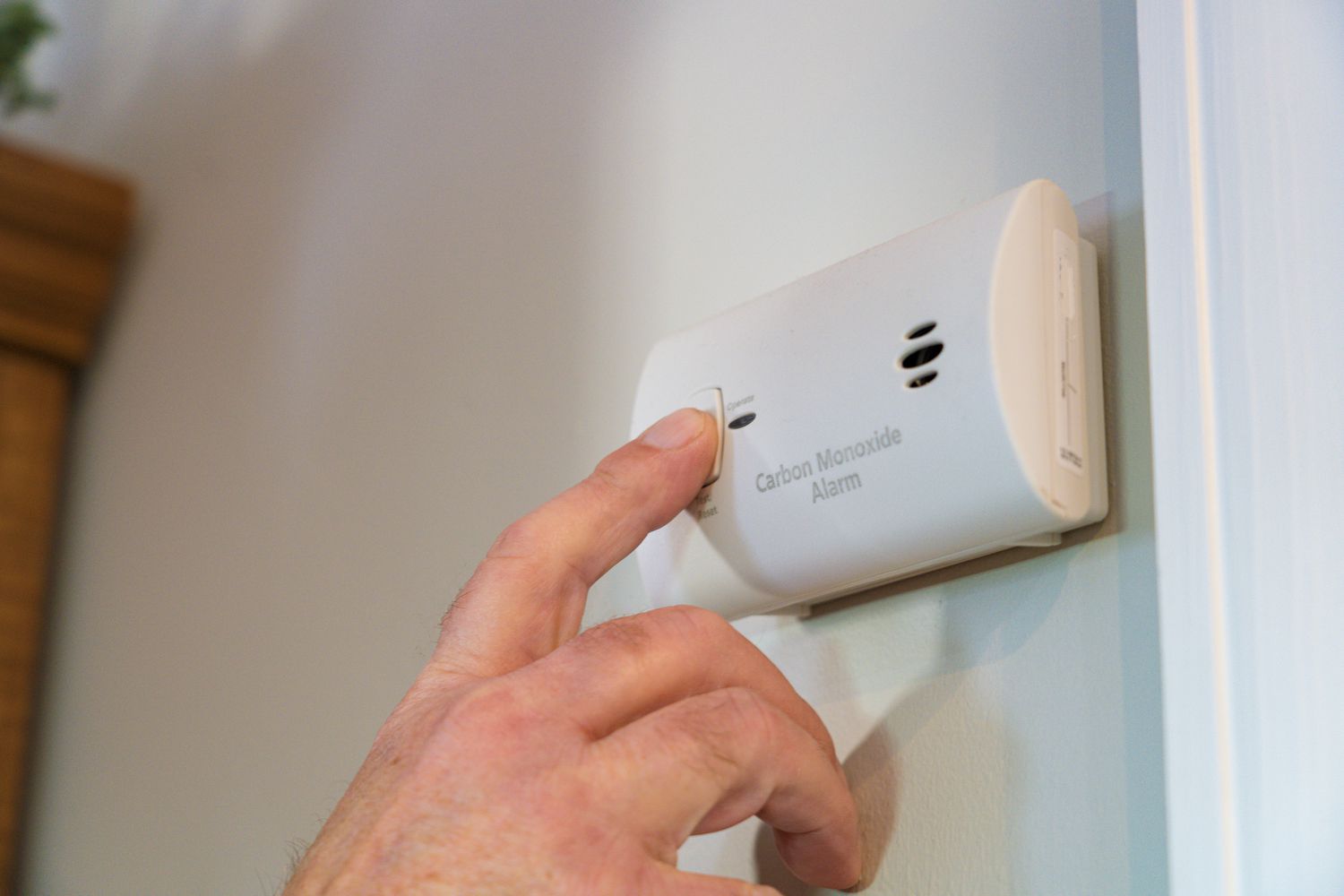
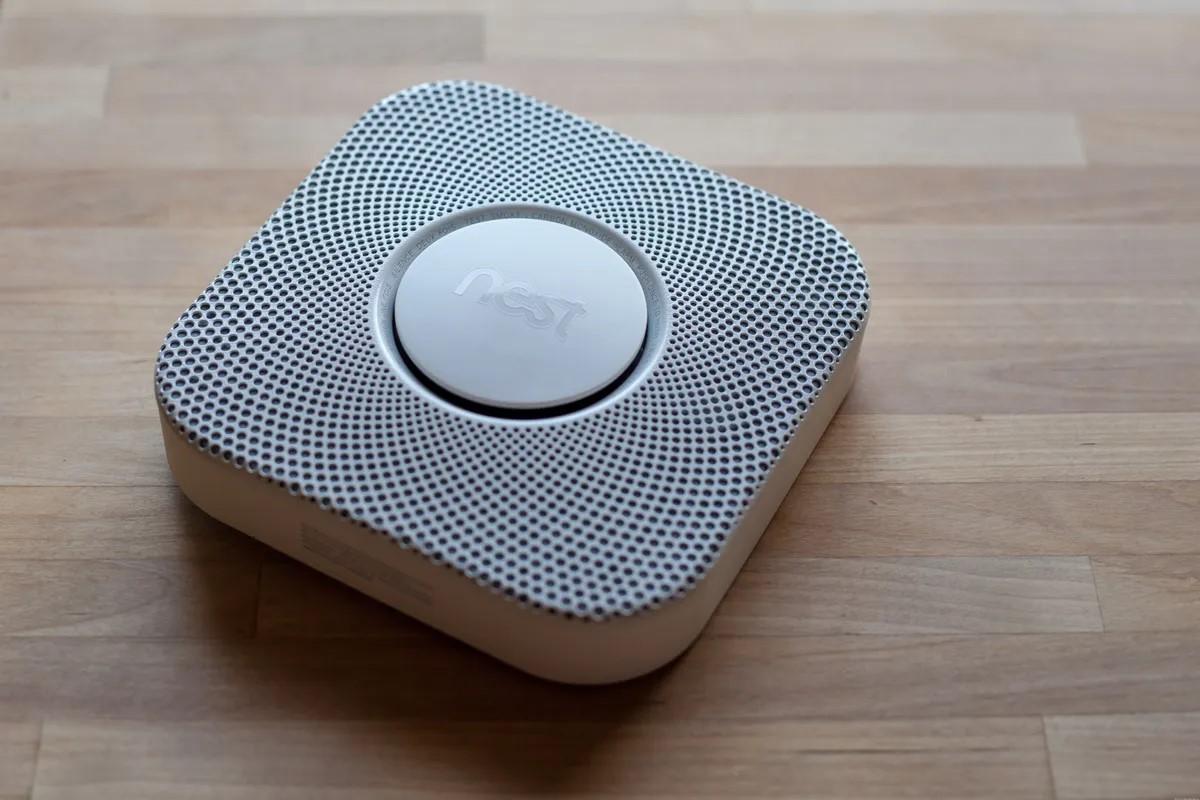
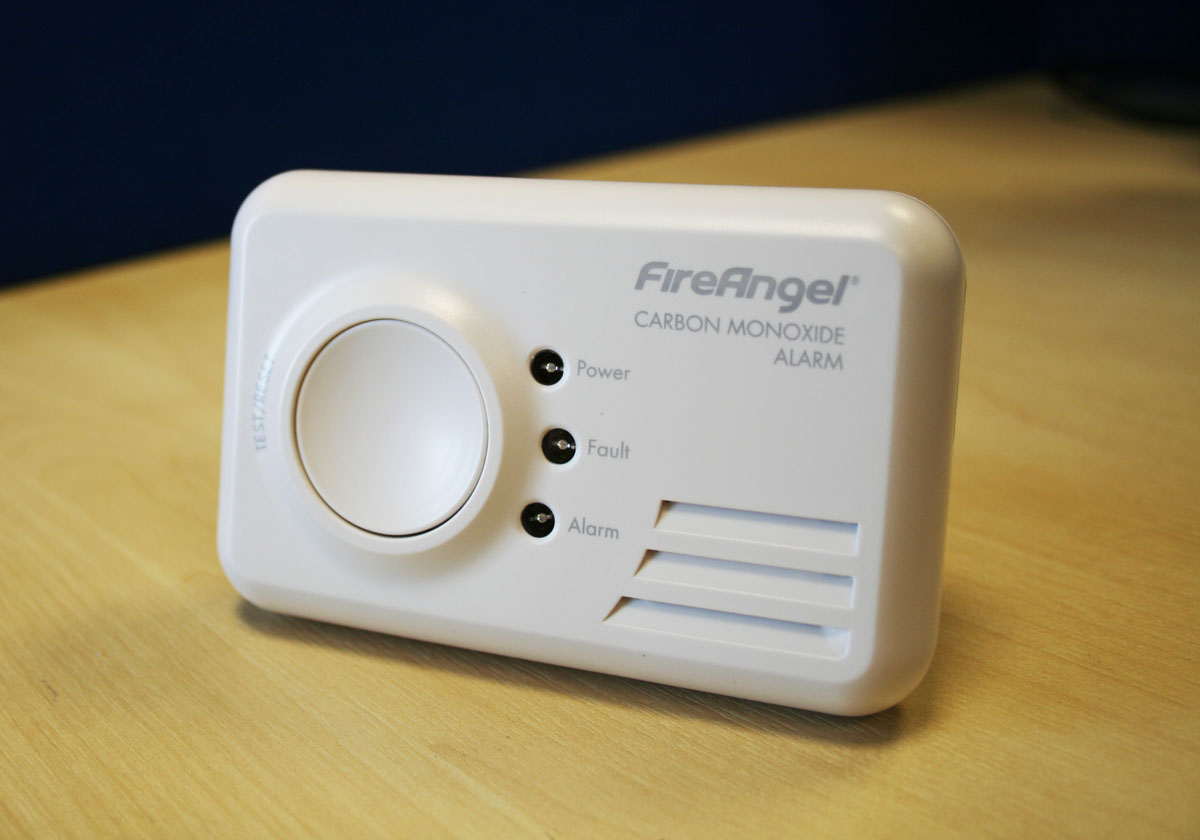

0 thoughts on “What Sound Does A Carbon Monoxide Detector Make”